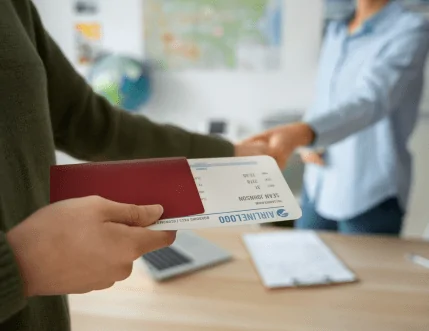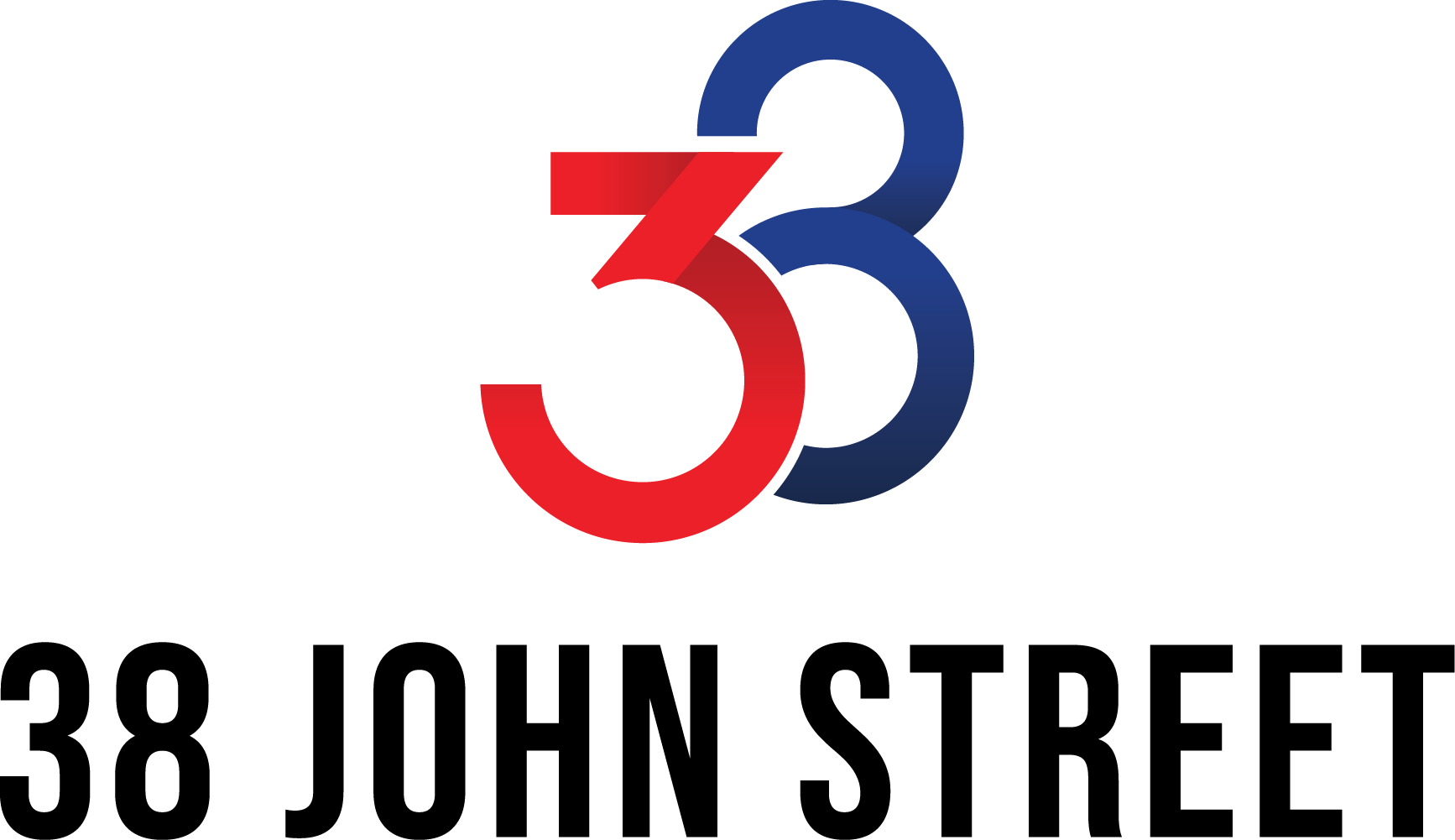Employer-Sponsored Visa
Permanent and Provisional Options via Employer Nomination

About the Employer-Sponsored Visa
Employer‑sponsored visas allow skilled workers to live and work in Australia under the sponsorship of an approved employer. These visas bridge labour shortages and offer clear pathways to permanent residency, ideal for those with a job offer from a reputable Australian company.
Comparison for Employer-Sponsored Visas
| Feature | Subclass 482 – Temporary Skill Shortage | Subclass 186 – Employer Nomination Scheme | Subclass 494 – Skilled Employer Sponsored Regional (Provisional) |
| Type | Temporary (up to 2–4 years) | Permanent | Provisional (up to 5 years) |
| Purpose | Fill urgent skill shortages when no suitable Australian worker is available. | Grant permanent residency to skilled workers nominated by an employer | Address regional skill shortages via employer nomination. |
| Work Location | Anywhere in Australia | Anywhere in Australia | Designated regional areas only |
| Pathway to PR | Possible via transition to Subclass 186 after meeting criteria | Direct permanent residency | PR via Subclass 191 after 3 years |
| Skills Assessment | Required for certain occupations | Usually required | Required |
| English Requirement | Varies by stream (generally functional to competent) | Competent English | Competent English |
| Age Limit | No formal limit, but restrictions apply for PR transition | Under 45 (with exemptions) | Under 45 (with exemptions) |

Advantages
- Secure a pathway to permanent or provisional residency through valid employer sponsorship.
- Work in Australia in your nominated role for the sponsoring employer.
- Include eligible family members in your application.
- Convenient for those with employer-backed pathways to live and work in Australia steadily.

Requirements
- Must have a job offer from an approved Australian employer.
- Depending on the subclass:
- Subclass 186 (Permanent ENS Visa) – Employer nomination, relevant skills and experience required.
Subclass 482 (Temporary) – Employer sponsorship when local labour isn’t available (this may eventually lead to permanent residency). - Subclass 494 (Regional Provisional) – Employer sponsorship in designated regional areas, pathway to PR via Subclass 191 after eligibility.
- Subclass 186 (Permanent ENS Visa) – Employer nomination, relevant skills and experience required.
- Meet occupation, skills assessment, English, health, and character criteria as relevant to the visa subclass.
Application Process
Employer Nomination
An Australian employer must identify a skilled worker and lodge a nomination application with the Department of Home Affairs.
Visa Application
Once the nomination is approved, the skilled worker submits their visa application, including necessary documents such as skills assessments, proof of employment, and English language proficiency.
Visa Processing
The Department of Home Affairs assesses the application based on eligibility criteria, including skills, work experience, and employer compliance.
Approval and Commencement
If the visa is approved, the worker can live and work in Australia under the conditions of their visa.
